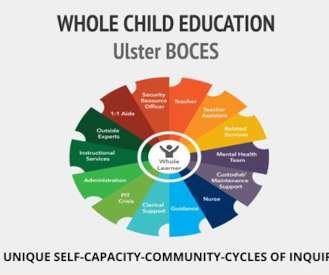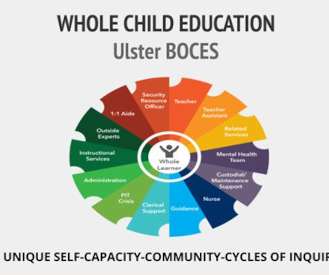How we built a whole-child, wraparound approach to special education
eSchool News
JANUARY 27, 2023
With neurodiverse and SEL practices at the forefront, advanced use of adaptive technology, and nature-based programming, we develop the love of the arts, literacy, numeracy, and inquiry skills in authentic ways to prepare our learners for lifelong success. For example, we have zen dens where students can relax, take a break, or do some art.






















Let's personalize your content